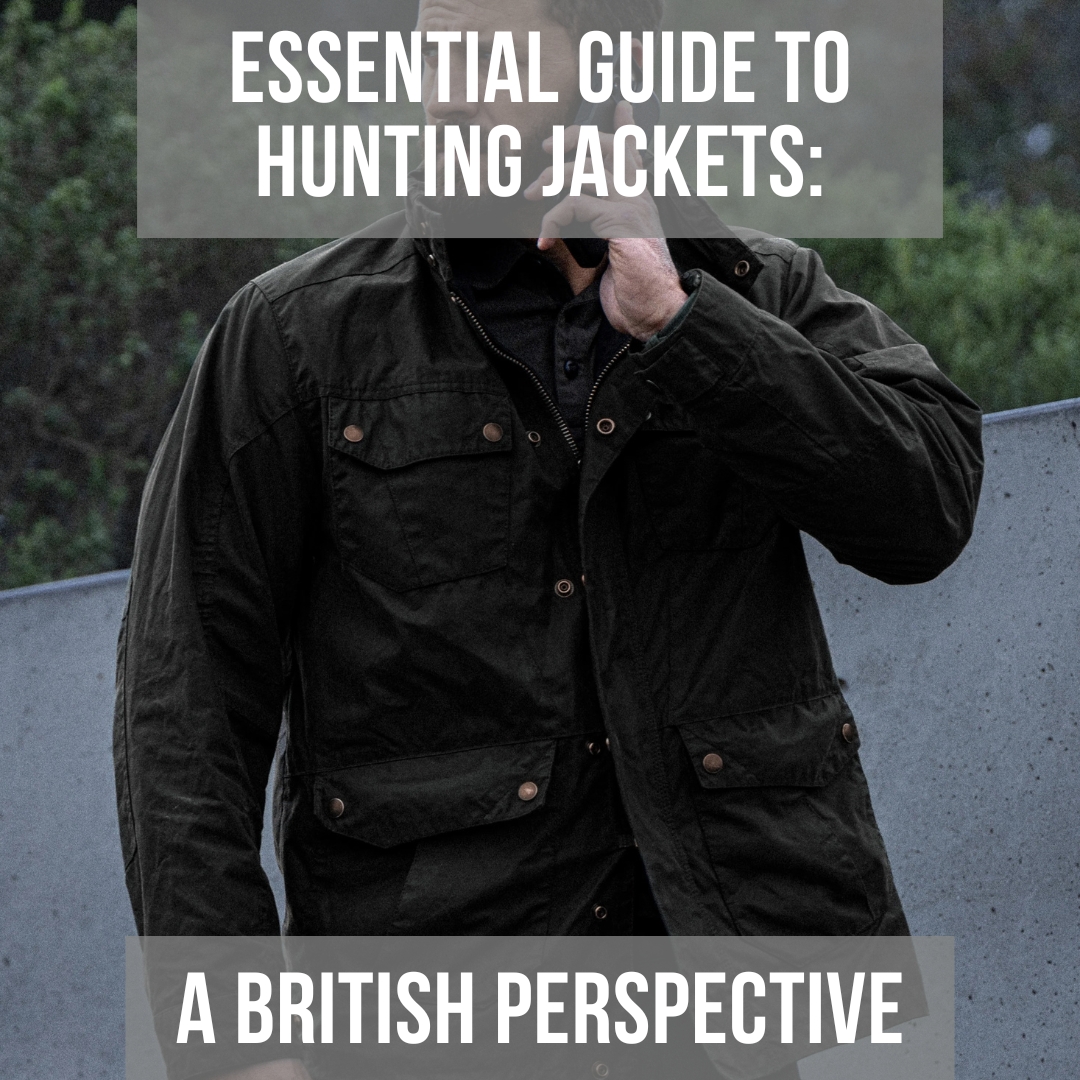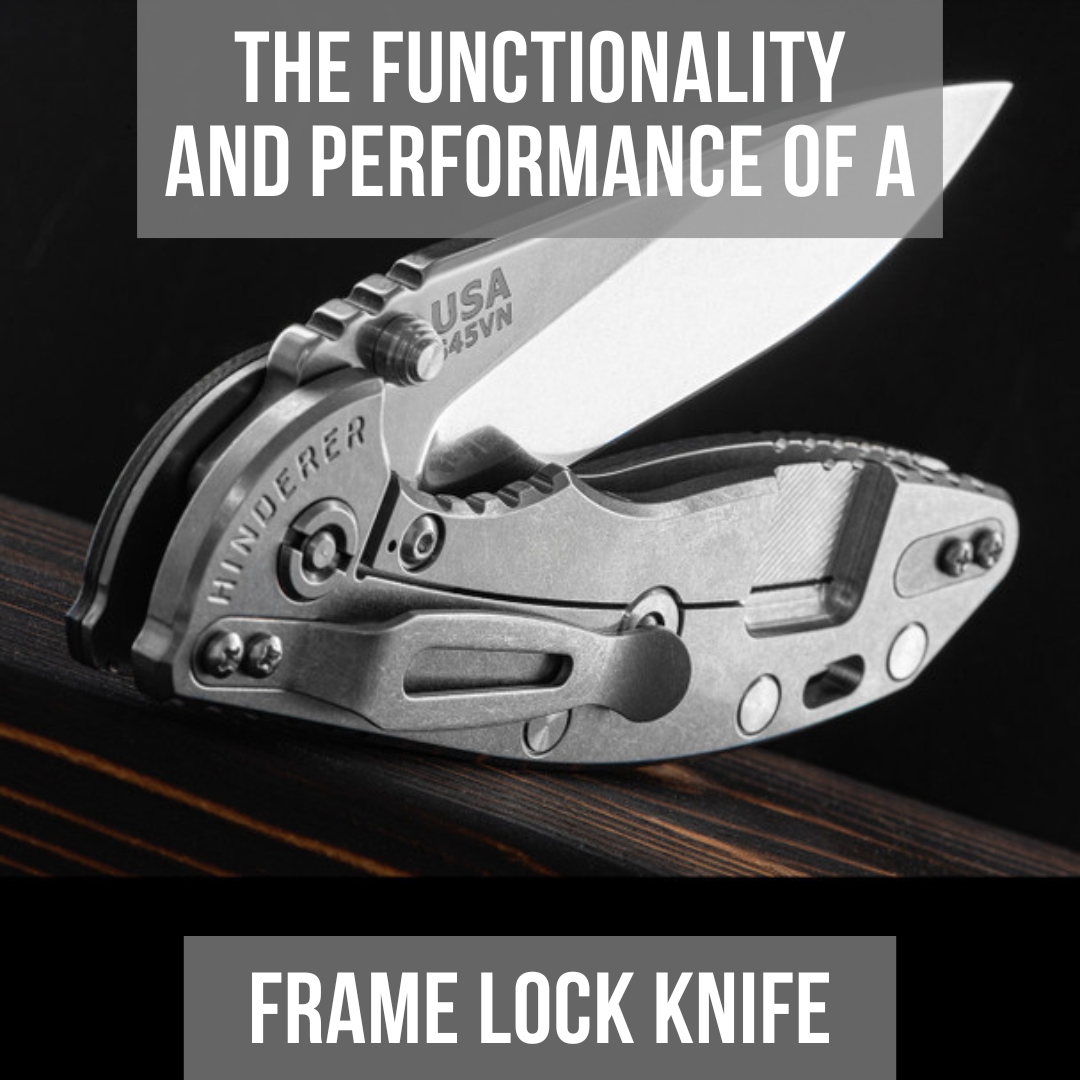The Case Stockman Amber Bone is a classic three blade knife from the masters of the pocket knife, W.R. Case and Sons.
This model has a clip, pen and sheepsfoot blade made from Chrome Vanadium carbon steel. The handle is Amber bone with nickel silver bolsters.
Each blade is under three inches long and non-locking making it legal to carry within the UK at the owners' discretion
- SKU
- CA079
- UPC
- 0021205000794
- Age Restriction:
- 18+
- Blade Material:
- Carbon Steel
- Blade Thickness (cm)
- 0.2
- Closed Length (cm)
- 8.9
- Edge Type:
- Plain Edge
- BESS Sharpness:
- 185
- Blade Finish:
- Mirror Polished
- Grind:
- Flat
- Handle Material:
- Amber Bone
- Lock Type:
- Slip Joint
- UK Friendly Carry:
- Yes
- One Handed Opening:
- No
- Pocket Clip:
- No
- Product Weight (g)
- 60






















